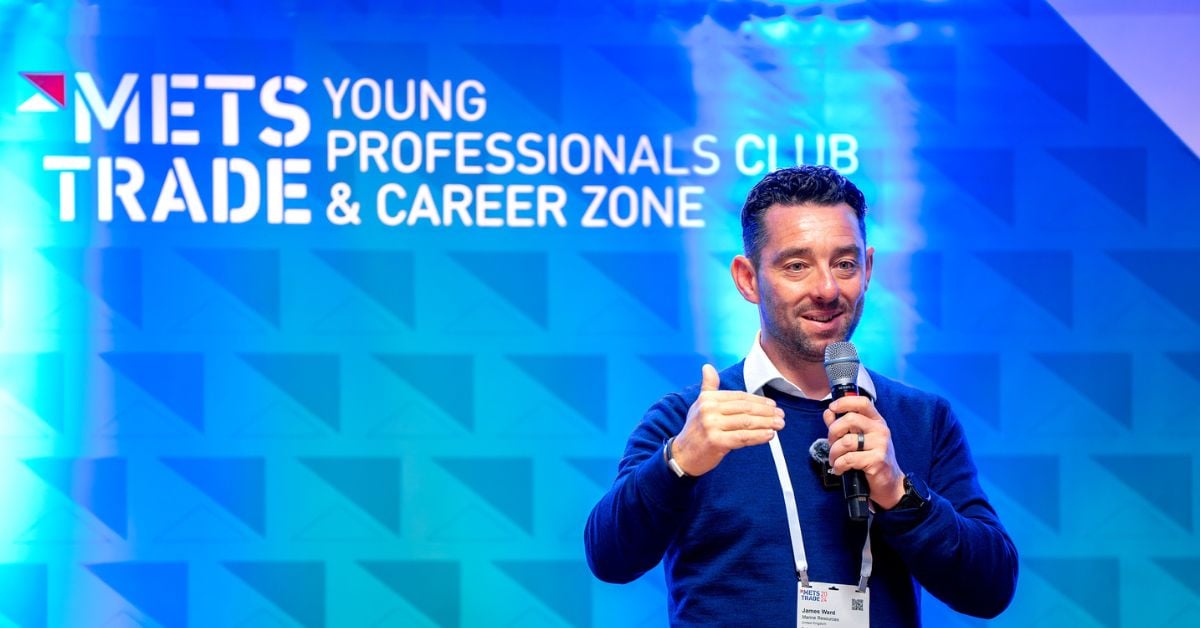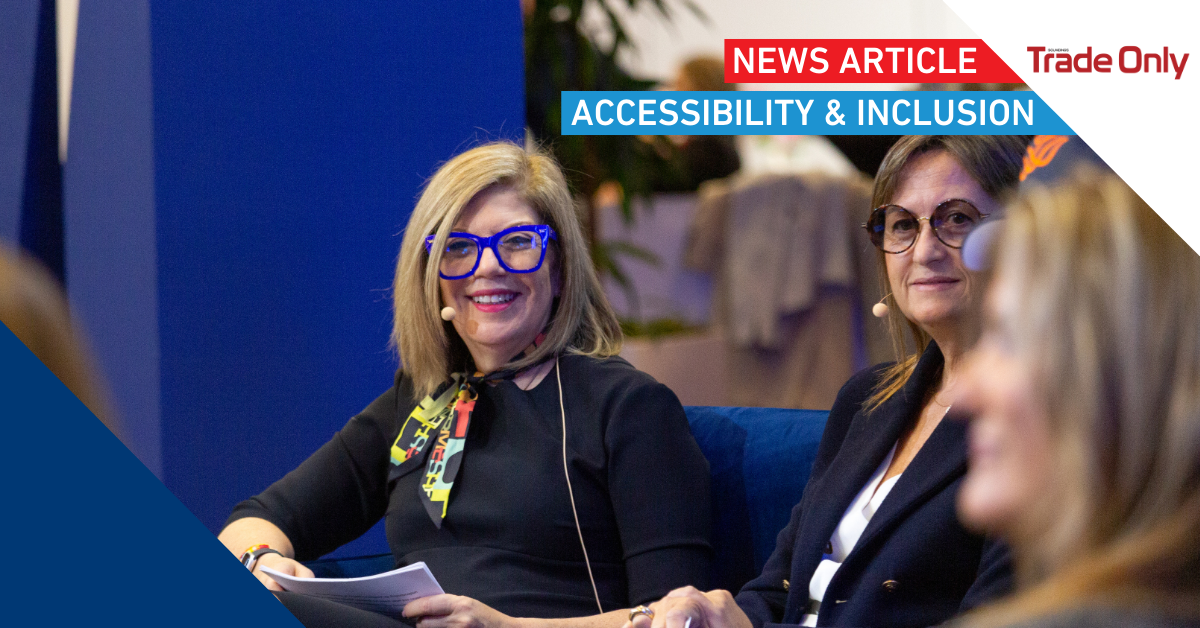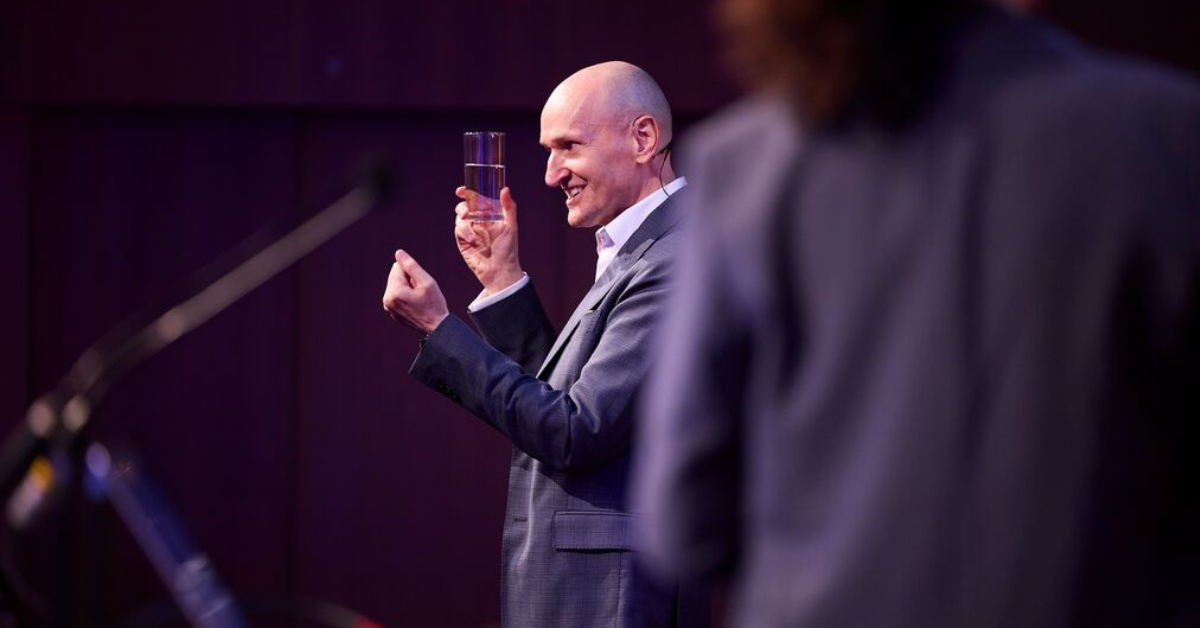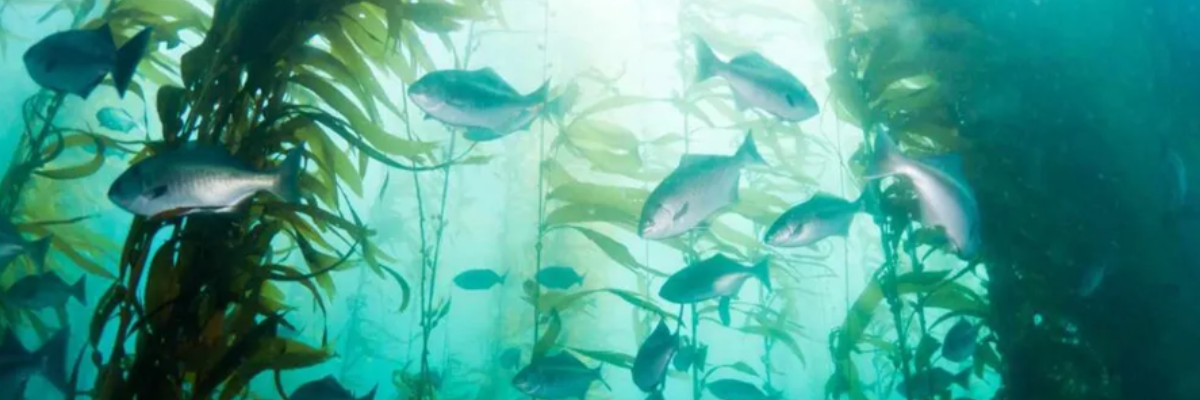Why we need to redesign sailing
Independent yachting journalist and DAME Award Jury member, Elaine Bunting, argues our industry should create highly accessible wind-powered craft for a new generation of participants by harnessing the best of advancing boat and equipment design in the marine industry while choosing which traditions to keep or ignore.
Entries have opened for the 2021 DAME Award. Enroll your product(s) before September 17th.
 Elaine Bunting has been perfectly placed throughout her career to experience the onward progress of boat equipment, yachting and communication technologies in the leisure marine industry. From working as a sailing instructor and world-girdling Ocean Yachtmaster, to more than 30 years reporting on headline yacht racing and cruising events and serving as editor in chief of the UK’s most iconic boating magazines.
Elaine Bunting has been perfectly placed throughout her career to experience the onward progress of boat equipment, yachting and communication technologies in the leisure marine industry. From working as a sailing instructor and world-girdling Ocean Yachtmaster, to more than 30 years reporting on headline yacht racing and cruising events and serving as editor in chief of the UK’s most iconic boating magazines.
Our conversation starts by reflecting on the year-by-year improvements in the capability of products submitted to the DAME Award and what that means from a user perspective. “People have very high expectations of comfort and efficiency afloat now,” Elaine responds. “This is driving innovation and development, but that often comes with a new layer of complexity. In some cases, we are asking amateur sailors to take on the equivalent of a professional skipper's role in terms of the understanding, learning, and training demanded by using that kind of kit.
Complexity raising the bar in leisure marine industry
“Equipment has become feature rich and sometimes really complicated to operate the functions you want, while adding other functions that you don't really need. If you look at what that means on a modern ocean-going yacht, that’s true of every area from marine electronics to energy, machinery and propulsion systems. It's become a very high barrier for people to get on board.
“There is a corresponding great hunger for knowledge through courses, online seminars and discussions with those who explain things. It is a winnowing process where people are asking ‘What do I need and what do I not need? How can I focus on the things that are going to give me most value?’ In the past this has happened through quality conversations with manufacturers at boat shows, where users acquire knowledge and insights that they need to make buying decisions. With the pandemic restrictions of the past year that has translated into a great increase in the use of webinars.
“You would think this kind of essential purchase and usage information could be found from a laptop, but often it’s not out there and promo videos don't really cover the questions that you want answered either. Manufacturers really need to put themselves more in the front line of answering people's questions and providing that knowledge. That's a hurdle for many people now.”
Using technology to lower barriers
Sailing has become much more technical over the years, from the simplicity of the stitched plywood sailing dinghy and family sailing cruiser era to lightweight composite-hulled craft and yachts with multiple controls and devices that extract maximum performance. The advent of foiling has moved that on another notch again, but Elaine sees big potential in a co-related development.
“Foiling is coming and while it is not currently in the domain of normal family boating, we cannot foresee what applications it will have. In parallel, we're also seeing the development of control systems in marine industry that utilise complicated machine learning and control systems. Some of these products will be outlawed in the racing arena, which will hinder their development, but they offer great potential to assist the ordinary person with sail and pitch trim, heading and speed. Modern boats go faster, so the apparent wind changes more quickly, which demands instantaneous control. There's been a quantum leap in the capabilities of autopilots too.
Broadening the appeal of sailing
“It raises the question of whether these control systems can be applied to broaden the appeal of sailing for people who do not want to pull ropes, learn all their names and be intimidated by the loads? Could that lead to the development of simpler systems that have automated controls? Could this offer an environmentally sensitive way of going boating, powered by the wind, where you don't require lots of hands-on knowledge and skills?
“It's perfectly possible to see how you could go out for the day and do six, eight or even 10 knots with no stress, no hassle. The yacht would be fully automated, you would never put your hands on the wheel or the tiller, except maybe going in and out of the berth – and companies will work on fixing that too. It doesn't need to be frightening and you don't need to heel over too much. That could be easily solved with the control system understanding what represents a comfortable angle of heel and then trimming the sails accordingly. We’ve seen at least one move towards automation in recent years, from Harken’s collaboration with the Beneteau Group for its AST (Assisted Sail Trim System).
A complete rethink for sailing
“If you take that kind of thinking to the macro scale, consider how many options there could be regarding choice of sailing rigs, for example. We are all still very traditional with our preferences for a sail at the front and one at the back. But as we’ve seen with junk rigs and experiments with soft wing sails, it doesn’t have to be like that – ideas based around simplicity of operation should be explored more. Most people don't even want to go upwind. I mean, why would you?
“Wind power is amazingly efficient. We have single-handed yachts cranking out nearly 560 miles a day now. What we need is a complete redesign of the sailing brand for people who are not from a traditional background. There's a new generation of younger people coming in that won't demand the traditionally accepted way of doing things to achieve the great experiences and environmentally sound access to water that wind power can provide. That is an opportunity that we can provide by completely rethinking the way we design things.
Why past boats and methods still count
“As an industry we’ve grown averse to the merits of smaller, older boats, but that’s a big pool of lower cost craft and an obvious place where younger people could afford to start.
“It also reminds us that there is new potential in creating self-jigging sustainable wood kits that can be completed easily. Perhaps as a part of an online or night school module, or by engaging someone else for the build. A new generation of kit boats could look quite exciting and utilise simple rigs. That kind of approach fuelled the sailing boom we have experienced in past decades and it could do so again.
“Integrated equipment, highly intelligent control systems and augmented reality offer us one path to making boating more accessible in the future, but we should never forget to ask – what does simple and easy look like? Particularly when it comes to pump-priming our new entries into boating.”
Read more about the DAME award, interviews with previous DAME winners, interesting insights of DAME jury members and more
Share your stories on leisure marine industry with us
Do you have an innovation, research results or an other interesting topic you would like to share with the leisure marine equipment industry? The METSTRADE website and social media channels are a great platform to showcase your stories! Let us know via metstrade@rai.nl
Are you a METSTRADE exhibitor?
Make sure you add your latest press releases to your Company Profile in the Exhibitor Portal for free exposure.





.jpg?h=400&iar=0&w=1200)
